Solar Panel Innovations: 5 Top Countries Exploring the Latest Advances in Photovoltaic Technology
Introduction:
In recent years, the field of photovoltaic (PV) technology has witnessed remarkable strides, with continuous efforts to harness solar energy more efficiently and sustainably.
This article delves into the latest solar panel innovations that are shaping the future of renewable energy.
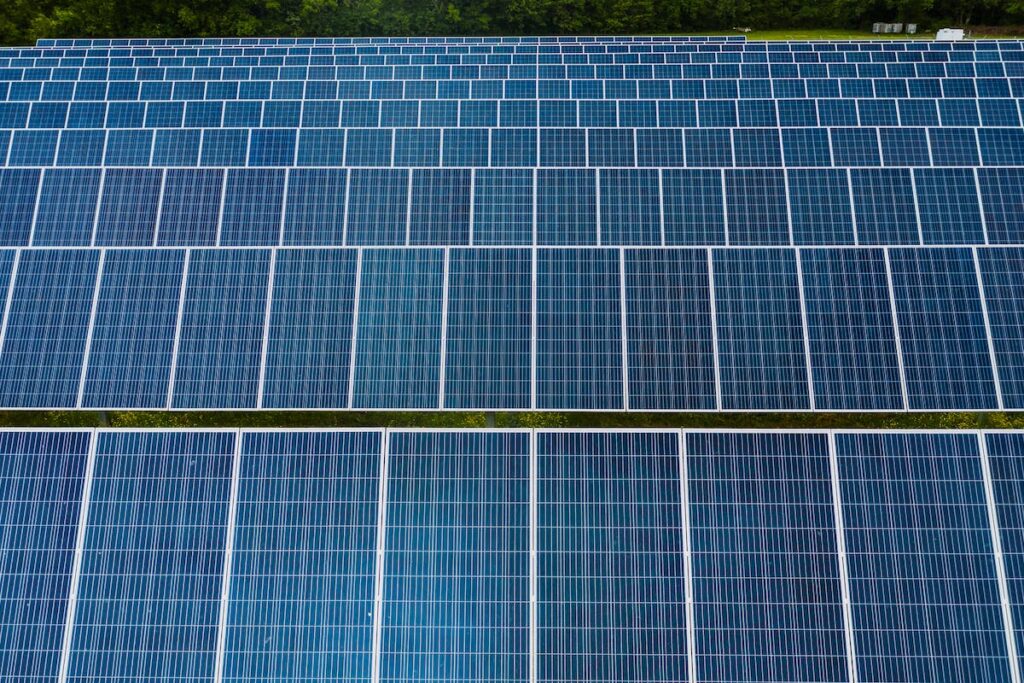
The need for a continuos Solar Panel Innovations
The need for continuous solar panel innovations is paramount in addressing the global challenges associated with energy production, climate change, and sustainable development.
Solar energy, harnessed through photovoltaic (PV) panels, has emerged as a promising and environmentally friendly alternative to traditional fossil fuels.
However, to fully realize its potential and overcome existing limitations, ongoing innovations in solar panel technology are essential.
- Efficiency Improvement: Continuous innovation is crucial for enhancing the efficiency of solar panels. Improving the conversion efficiency of sunlight into electricity allows for greater energy production with fewer panels and a smaller environmental footprint. Innovations in materials, such as advanced photovoltaic materials and coatings, can contribute to increasing efficiency levels and making solar energy more competitive with conventional sources.
- Cost Reduction: The affordability of solar panels is a key factor in their widespread adoption. Continuous innovations can drive down manufacturing costs, making solar energy more accessible to a broader range of consumers. Technological advancements, process optimization, and the development of new, cost-effective materials contribute to reducing the overall cost of solar power systems.
- Energy Storage Integration: Solar power is intermittent due to variations in sunlight availability. Innovations in energy storage technologies, when integrated with solar panels, can help address this challenge. Advancements in battery technologies, such as higher energy density, longer cycle life, and lower costs, can improve the storage and utilization of solar-generated electricity, enabling a more reliable and resilient energy supply.
- Flexibility and Aesthetics: Solar panels are often criticized for their bulky and rigid appearance, limiting their integration into various environments. Ongoing innovations aim to create flexible and aesthetically pleasing solar solutions that can be seamlessly integrated into buildings, infrastructure, and everyday objects. This not only enhances the visual appeal but also expands the potential applications of solar energy.
- Durability and Longevity: Improving the durability and lifespan of solar panels is essential for maximizing their environmental benefits and economic viability. Continuous research and development can lead to the creation of more robust materials and designs that can withstand harsh weather conditions, reducing maintenance costs and extending the life of solar installations.
- Environmental Impact Reduction: While solar energy is considered environmentally friendly, the production and disposal of solar panels can have environmental consequences. Ongoing innovations focus on developing sustainable manufacturing processes, recycling methods, and eco-friendly materials to minimize the overall environmental impact of solar panel technology.
- Increased Integration with Smart Grids: Integrating solar panels with smart grid technologies allows for better management of energy production, distribution, and consumption. Innovations in communication and control systems enable more efficient use of solar energy, contributing to grid stability and overall energy optimization.
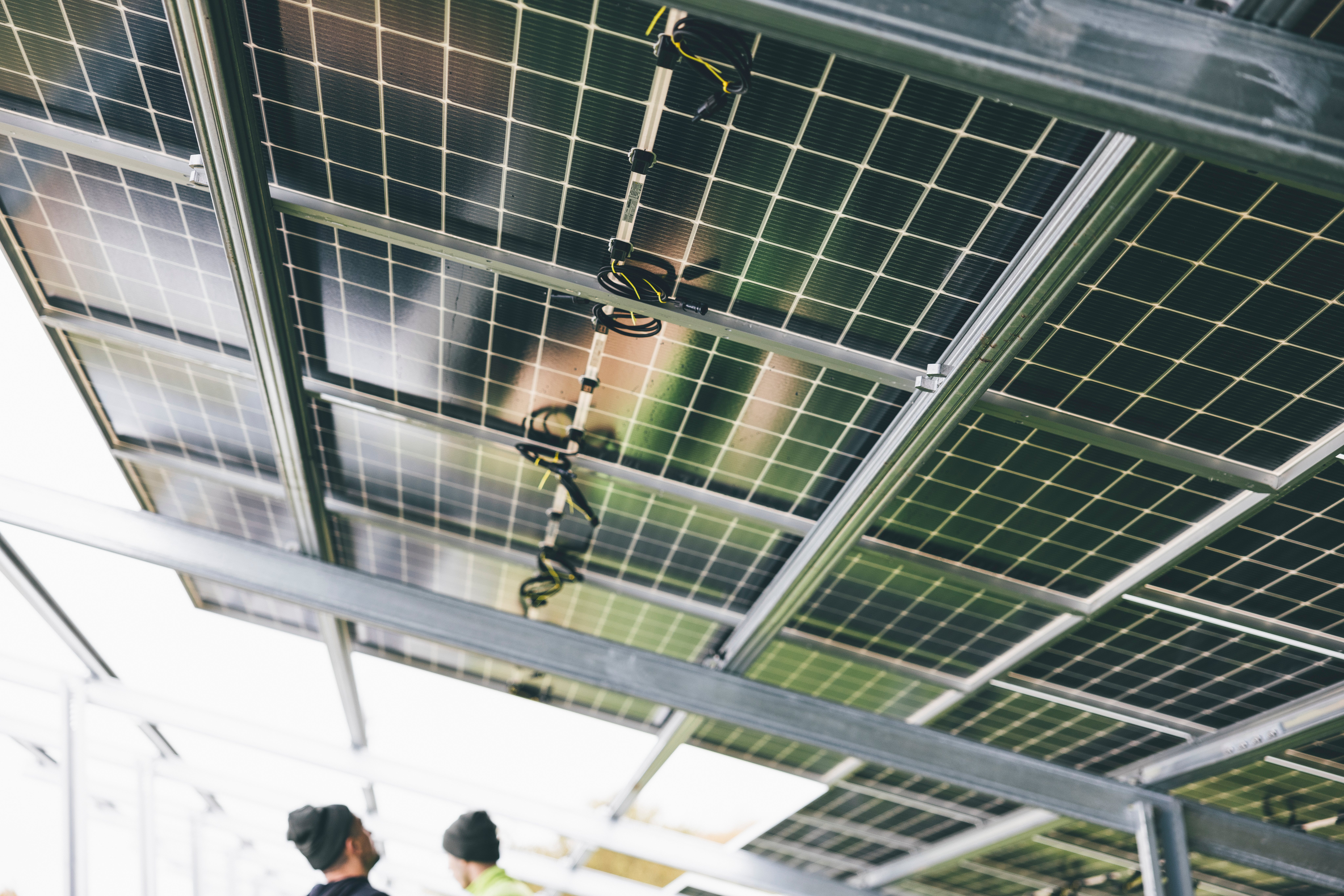
Continuous solar panel innovations are essential for driving the global transition to a more sustainable and renewable energy future.
These innovations not only improve the performance and efficiency of solar panels but also make solar energy more accessible, affordable, and integrated into diverse applications.
Ultimately contributing to the reduction of carbon emissions and mitigating the impacts of climate change
Solar Panel Innovations: The Rise of High-Efficiency Solar Cells
One of the most significant breakthroughs in photovoltaic technology is the development of high-efficiency solar cells.
Engineers and researchers have been tirelessly working to enhance the conversion efficiency of solar panels, ensuring that more sunlight is converted into electricity.
Innovations such as tandem solar cells and perovskite-silicon tandem technology have paved the way for unprecedented levels of efficiency, promising a brighter and greener future.

Solar Panel Innovations: Flexible and Lightweight Solar Panels
Traditional solar panels are often rigid and heavy, limiting their applications. However, recent innovations have given rise to flexible and lightweight solar panels.
These advancements enable the integration of solar technology into unconventional surfaces, such as clothing, building materials, and even portable devices.
Imagine a world where every surface has the potential to generate clean, renewable energy.
Smart Solar Technologies and IoT Integration
The integration of smart technologies with solar panels has emerged as a game-changer.
Smart solar panels equipped with Internet of Things (IoT) capabilities enable real-time monitoring, tracking, and optimization of energy production.
This not only enhances the overall efficiency of solar energy systems but also allows users to have greater control over their energy consumption.
Beyond Silicon: Exploring New Materials
Traditionally, silicon has been the primary material used in solar cells. However, ongoing research is pushing the boundaries by exploring alternative materials.
Perovskite solar cells, organic photovoltaics, and quantum dot solar cells are among the innovative materials gaining attention.
These materials offer unique properties that could potentially revolutionize the solar industry, making it more cost-effective and environmentally friendly.
Solar Energy Storage Solutions
Storing solar energy has always been a challenge, especially for times when sunlight is unavailable.
Recent advances in energy storage technologies, such as improved batteries and innovative storage solutions, complement the intermittent nature of solar power.
These developments address the issue of energy storage, making solar power a more reliable and viable source of electricity.
A Bright Future with Solar Panel Innovations
As we explore the latest advances in photovoltaic technology, it’s evident that the future of solar energy is promising.
From high-efficiency solar cells to flexible panels and smart technologies, the solar industry is evolving rapidly.
Embracing these Solar Panel Innovations not only contributes to a more sustainable planet but also opens new possibilities for widespread adoption of clean and renewable energy sources.
The journey towards a solar-powered future has just begun, and the innovations discussed here are lighting the way.
Solar Panel Innovations: A Journey into Harnessing Sunlight for Energy

The roots of solar panels can be traced back to the mid-19th century when the photoelectric effect was first observed by the French physicist Alexandre-Edmond Becquerel in 1839.
However, the true breakthrough in harnessing solar energy occurred much later, in the 1950s and 1960s, with the development of the first practical solar cells.
In 1954, Bell Labs scientists Gerald Pearson, Calvin Fuller, and Daryl Chapin created the first practical photovoltaic (PV) or solar cell.
This marked a pivotal moment in the history of solar technology. The Bell Labs team utilized silicon, a semiconductor material, to convert sunlight into electricity.
Their groundbreaking work laid the foundation for the modern solar panels we use today.
Difference Between Solar Panel and Photovoltaic: Unraveling the Terminology
While the terms “solar panel” and “photovoltaic” are often used interchangeably, it’s essential to understand the subtle difference between the two.
Solar Panel: A solar panel refers to a device that converts sunlight into electricity.
It is a collection of solar cells interconnected to generate electrical power.
Solar panels are the visible, tangible components that you might see on rooftops or in solar farms.
They come in various sizes and configurations, and their purpose is to capture sunlight and convert it into usable electrical energy.
Photovoltaic (PV): Photovoltaic, on the other hand, is a broader term that encompasses the entire technology of converting light (photons) into electricity (voltage).
In essence, all solar panels are photovoltaic devices, but not all photovoltaic devices are solar panels.
Photovoltaic technology extends beyond solar panels and includes solar cells, modules, and the associated systems that capture and convert sunlight.
In summary, a solar panel is a specific application of photovoltaic technology.
It’s a module comprising interconnected solar cells designed to generate electricity from sunlight. On the other hand.
Photovoltaic technology encompasses a broader range of devices and systems involved in converting light into electricity.
Understanding this distinction is crucial when discussing solar energy, as it allows for a more precise and accurate communication of ideas related to the various aspects of photovoltaic technology and its applications.
The continuous advancements in this field underline the importance of solar energy in our quest for sustainable and clean power sources.
Solar Panel Innovations: China Remains the Largest Producer of Solar Panels in the World
China’s solar prowess is staggering. With a whopping 430 GW solar capacity (As of April 2023), the country is the largest producer of solar energy in the world.
In the first six months of 2022, the nation has deployed more than 30.88 GW of Solar PV systems.
China remains the largest producer of solar panels globally.
China has been a dominant player in the solar industry for several years, contributing significantly to the manufacturing and export of solar photovoltaic (PV) products.
Chinese companies, such as JinkoSolar, Trina Solar, and LONGi Solar, are among the leading manufacturers of solar panels.
The country’s strong commitment to renewable energy, coupled with substantial investments in solar technology and manufacturing infrastructure, has propelled it to the forefront of the global solar market.
Solar Panel Innovations: World’s Top 5 Solar Countries
In Solar Panel Innovations several countries are major producers of solar panels, contributing significantly to the global solar industry.
- China– 430 GW: China has consistently been the world’s largest producer of solar panels. The country’s robust manufacturing infrastructure, government support for renewable energy, and investments in research and development have propelled it to a dominant position in the global solar market
- United States-141.8 GW: The U.S. has a growing solar industry, with several companies involved in the manufacturing of solar panels. The industry has been bolstered by federal and state incentives to promote clean energy.
- Japan- 84.9 GW: A few years ago, Japan stood 4th in terms of solar power capacity. Now, with a cumulative capacity of 84.9 GW, the nation is occupying the 3rd spot. Solar Power accounted for close to 10% of Japan’s total electricity generation in 2021. This is an excellent growth, compared to the mere 0.3% of the energy mix in 2010.The nation is considered the fastest growing in terms of promoting Solar PV. Further, with 45% of the world’s photovoltaic cells manufactured in Japan, the country leads the world in the photovoltaic market.
- Germany- 69.1 GW Germany leads the European countries in renewable energy. As of 2021, the nation’s solar capacity was 69.1 GW. Recently the country floated a tender to develop 1.5 GW of additional solar energy to meet the rising power demand.In 2021, solar power accounted for 10% of the country’s electricity consumption
- India– 68 GW: With an installed solar capacity of over 68 GW, India is the 5th largest solar country in the world. The country has vast solar potential, as most states of India receive sunshine for more than 300 days a year. India has been increasing its solar manufacturing capacity to support its ambitious renewable energy goals. The country aims to promote domestic production of solar panels to meet its growing energy demands sustainably.
It’s important to note that the dynamics of the solar industry can change, and new players may emerge while others evolve.
Additionally, trade policies, government incentives, and global market conditions can influence the distribution of solar panel production across different countries.
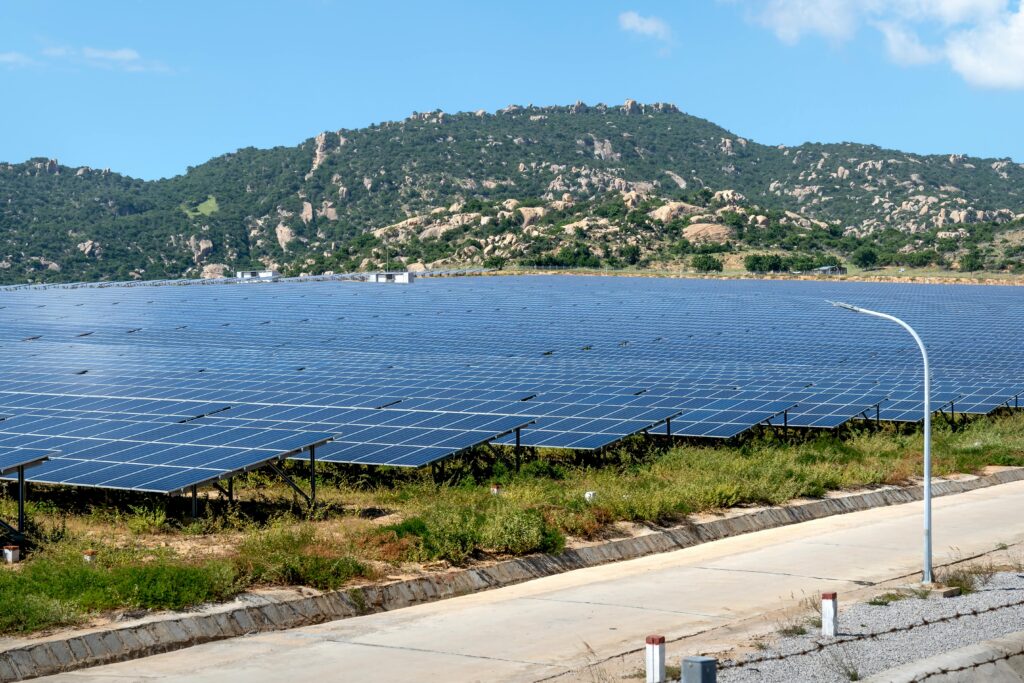
Solar Panel Innovations: Illuminating the Path to a Sustainable Tomorrow
CONCLUSION
In the relentless pursuit of a sustainable future, the exploration of the latest advances in photovoltaic technology stands as a beacon of hope and ingenuity.
The journey through Solar Panel Innovations has revealed a tapestry of transformative breakthroughs that not only redefine our relationship with energy but also pave the way for a cleaner, greener world.
As we stand at the intersection of technological prowess and environmental responsibility, the strides made in high-efficiency solar cells have shattered previous limitations.
The promise of tandem solar cells and perovskite-silicon tandem technology whispers of a future where every sunbeam is harnessed with unprecedented efficiency.
This is not merely an evolution; it is a revolution in our ability to capture and convert sunlight into a potent source of renewable energy.
The flexibility and lightweight nature of modern solar panels transcend the conventional boundaries of energy production.
No longer confined to rooftops and solar farms, these panels are becoming integral components of our daily lives.

From clothing that generates electricity to buildings that seamlessly integrate solar technology, the horizon of possibilities expands.
Inviting us to envision a world where the very fabric of our existence is interwoven with sustainable power.
In the realm of smart solar technologies, the fusion of artificial intelligence and the Internet of Things (IoT) has given rise to a new era of energy management.
Real-time monitoring, predictive analytics, and adaptive optimization empower us to harness solar power with unprecedented control and efficiency.
The once passive solar panel now transforms into an intelligent energy companion, adapting to our needs and contributing to a more resilient and responsive energy ecosystem.
Venturing beyond the familiar realms of silicon, the exploration of alternative materials such as perovskite solar cells, organic photovoltaics, and quantum dots unveils a tapestry of innovation.
These materials, with their unique properties and applications, hold the promise of not only enhancing performance but also revolutionizing the cost-effectiveness and environmental sustainability of solar technology.
Addressing the perennial challenge of energy storage, recent developments in battery technologies and storage solutions complement the intermittent nature of solar power.
The marriage of efficient energy storage systems with solar panels ensures a continuous and reliable supply of clean energy, bridging the gap between sunlight availability and our energy needs.
In conclusion, the odyssey through solar panel innovations is not merely a scientific endeavor;
It is a collective commitment to steering humanity towards a sustainable future. It is a testament to the indomitable human spirit, capable of turning the boundless power of the sun into a tangible force for good.
As we bask in the glow of these technological marvels, let us be reminded that the decisions we make today will echo through the corridors of time.
The solar revolution is not confined to laboratories or manufacturing plants; it is a revolution that unfolds on rooftops.

In urban landscapes, and across vast expanses of the natural world. It is a revolution that invites individuals, communities, and nations to embrace the responsibility of stewardship over our planet.
In the symphony of solar panel innovations, each note resonates with the potential to mitigate climate change, alleviate energy poverty, and empower a sustainable and equitable global future.
Let us, as custodians of this planet, seize the brilliance of these innovations and illuminate the path to a future where clean, renewable energy is not just an option but an imperative.
The journey has just begun, and with each solar panel innovation, we march steadfastly towards a brighter, more sustainable tomorrow.

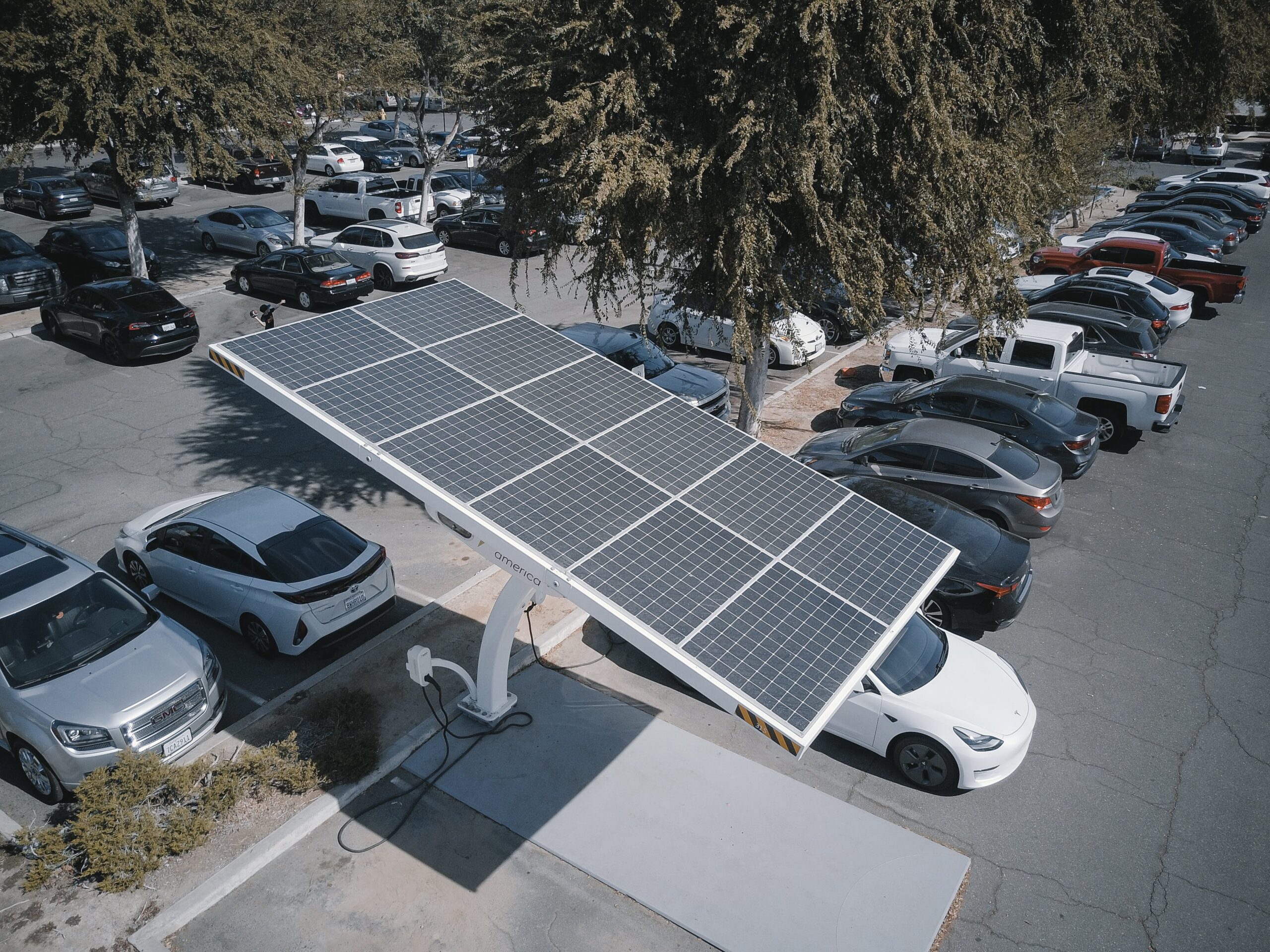


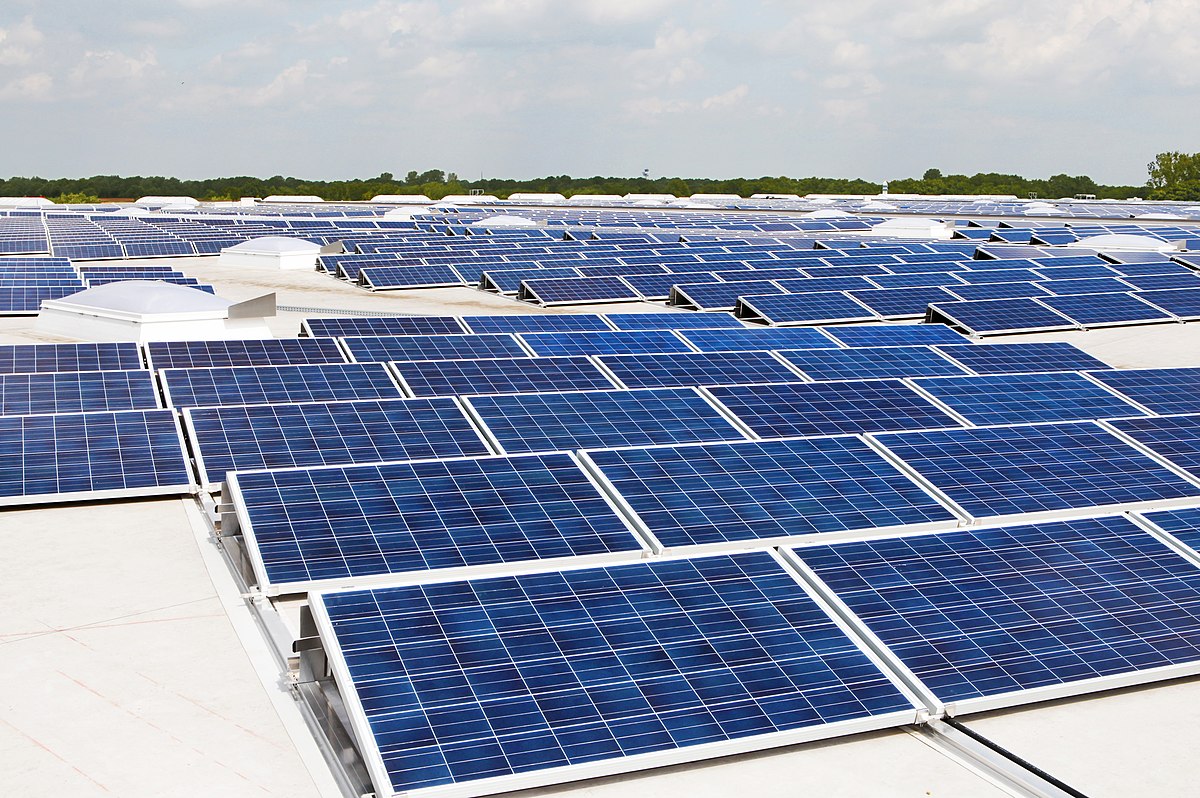
Leave a Reply